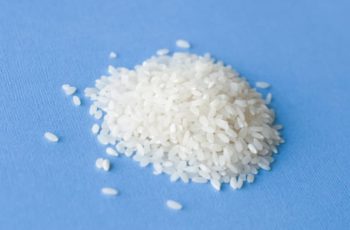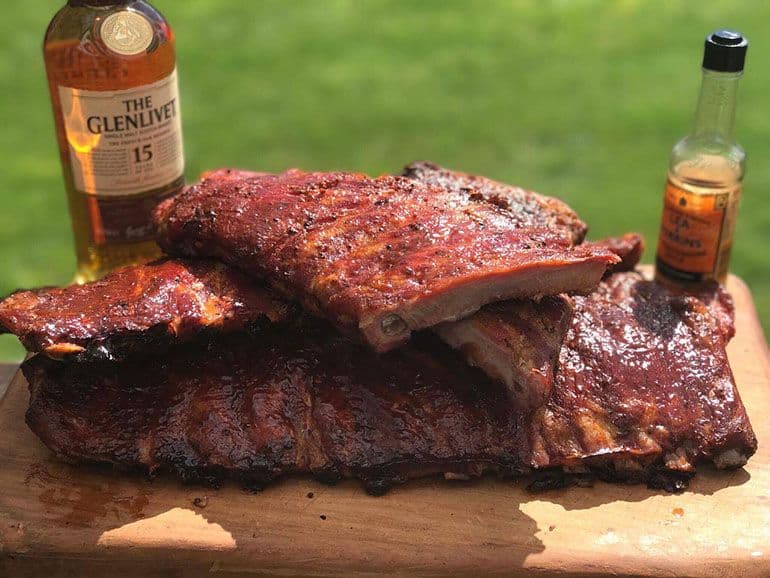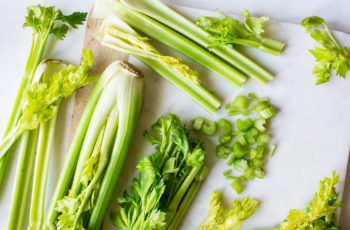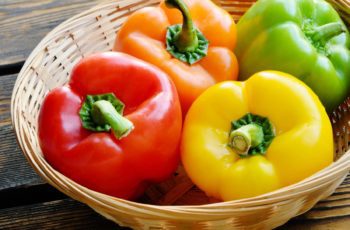
Is bell pepper a fruit? This is a question that has sparked debate among many people. On the surface, it seems like a simple question with a straightforward answer. However, when you look at the definition of both “fruit” and “vegetable,” it’s not quite so clear-cut. In this blog post, we’ll take a closer look at bell pepper and explore whether or not it can be considered a fruit. Stay tuned!

What is a vegetable?
There is no clear definition of what constitutes a vegetable, as different people often have different opinions on what qualifies as a vegetable. Generally speaking, however, most people view vegetables as being nutrient-rich foods that are typically savory or spicy in flavor. Some common types of vegetables include carrots, bell peppers, broccoli, kale, spinach, and potatoes. There are also many different varieties of each type of vegetable, and the nutritional content can vary depending on the variety and how the vegetable is prepared. For example, some types of bell peppers may be higher in vitamin C than others depending on their ripeness at the time of harvest and how they were processed after harvesting. Overall, however, all types of vegetables are considered to be rich sources of vitamins, minerals, antioxidants, and other nutrients that are essential for human health.
What is a fruit?
Fruits are also botanically classified as being rich in vitamins, minerals, antioxidants, and other nutrients. However, unlike vegetables, fruits are typically sweeter in taste and they often have a softer texture. Some common types of fruits include apples, bananas, oranges, grapes, strawberries, and watermelons. As with vegetables, there is some debate over what exactly qualifies as a fruit. For example, tomatoes and cucumbers are technically classified as fruits even though they are generally considered to be vegetables. Nonetheless, all fruits are considered to be good sources of vitamins, minerals, antioxidants, and other nutrients that are essential for human health.
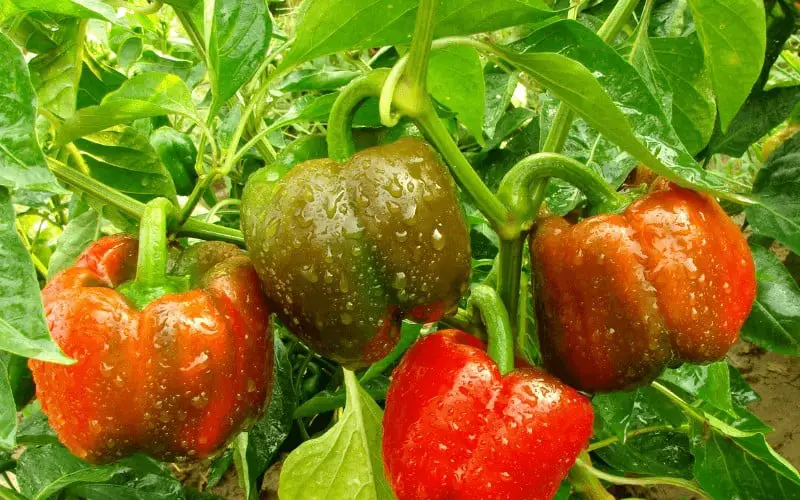
So, what about bell peppers?
As we mentioned earlier, bell peppers are botanically classified as fruits. However, most people generally think of fruits as being sweet and bell peppers are typically savory. This is because the majority of bell peppers that are consumed are green or red in color and they have a crunchy texture. When it comes to taste, green and red bell peppers are slightly bitter with a mild sweetness. Yellow and orange bell peppers are sweeter in taste with a slightly fruity flavor. Lastly, red bell peppers are the sweetest of all and they have a candy-like taste. Nonetheless, all types of bell peppers are considered to be good sources of vitamins, minerals, antioxidants, and other nutrients that are essential for human health.
What are the nutritional benefits of bell peppers?
Bell peppers are a good source of vitamins A, C, and B6. They are also a good source of fiber, folic acid, and potassium. In addition, bell peppers contain phytochemicals that have been shown to have anti-inflammatory, antimicrobial, and anticancer properties. All of these nutrients work together to promote overall health and well-being. For example, vitamin C is necessary for the proper development and function of the immune system. Vitamin A is important for vision and skin health. And folic acid is essential for pregnant women as it helps to prevent birth defects.

Types of bell pepper:
Bell peppers come in a variety of colors, shapes, and sizes. The most common varieties are green, red, yellow, and orange. However, there are also many specialty varieties that can be found at farmer’s markets and gourmet grocery stores. These include chocolate bell peppers, which are dark brown or black in color; white bell peppers, which are pale in color; and purple bell peppers, which are deep purple or almost black in color.
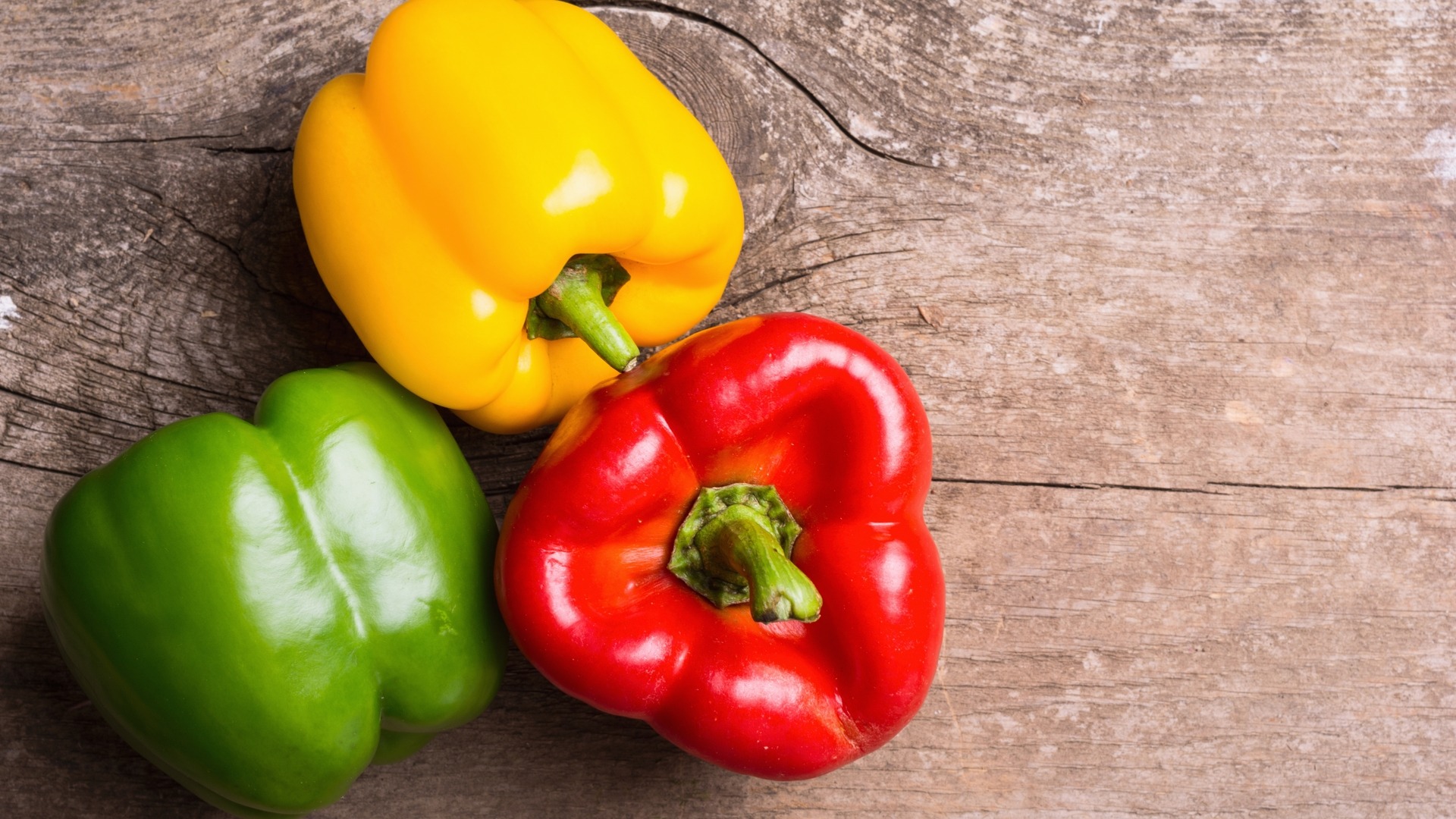
How can I incorporate bell peppers into my diet?
There are many different ways to incorporate bell peppers into your diet. Some simple ideas include adding sliced bell peppers to salads, sautéing them with other vegetables and protein sources like tofu or chicken, or roasting them in the oven with a little olive oil and salt. Additionally, you can use bell peppers to make dips and sauces that you can use as tasty condiments on sandwiches or as an accompaniment to various meals. Overall, there are many delicious ways to enjoy this nutrient-rich vegetable!
How to Cook With Bell Peppers
Bell peppers are a versatile ingredient that can be used in a variety of dishes. While they are most commonly eaten raw, bell peppers can also be cooked in a number of different ways. For example, bell peppers can be sautéed, roasted, grilled, or even pickled. Additionally, bell peppers can be used as an ingredient in soups, stews, casseroles, and other recipes.
When it comes to cooking with bell peppers, there are a few things to keep in mind. First of all, it is important to choose the right type of bell pepper for the dish you are making. For example, if you are looking for a crunchy texture, then you will want to use green bell peppers. If you are looking for a sweeter flavor, then you will want to use red bell peppers. And if you are looking for a softer texture, then you will want to use yellow or orange bell peppers.
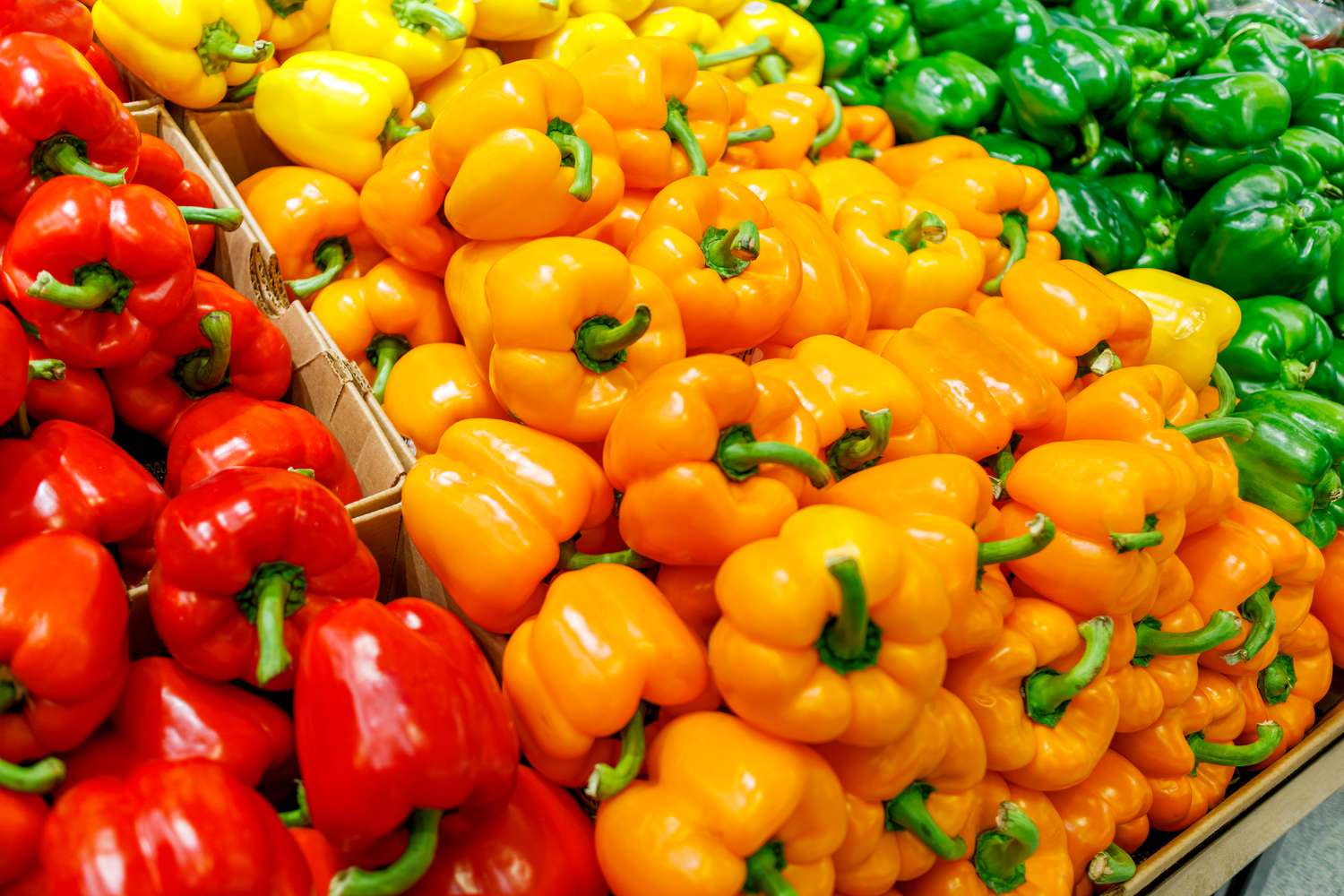
Another thing to keep in mind is that bell peppers can lose their crunchiness when they are cooked for too long. Therefore, it is important to not overcook them. When sautéing or roasting bell peppers, be sure to only cook them until they are slightly softened but still retain some of their crunches. Additionally, it is important to not overcook grilled or pickled bell peppers as they can become mushy if they are cooked for too long.
Finally, it is important to note that bell peppers can be a bit on the spicy side. This is because they contain a compound called capsaicin. Therefore, if you are sensitive to spice, you may want to remove the seeds and ribs from the bell peppers before cooking with them. Alternatively, you can also cook the bell peppers with other ingredients that will help to offset the spice, such as tomatoes or potatoes.
In conclusion, bell peppers are a versatile and nutrient-rich vegetable that can be used in a variety of different dishes. When cooking with bell peppers, it is important to choose the right type of pepper for the dish you are making and to not overcook them. Additionally, keep in mind that bell peppers can be a bit on the spicy side due to their capsaicin content. For more tips and tricks for using bell peppers in your cooking, be sure to consult a good recipe book or online resource.
Tips for Preparing Bell Peppers
When preparing bell peppers for cooking, it is important to take the extra time to properly clean them. This will help ensure that they are free of dirt, grit, grime, and other contaminants that may have come into contact with them during the growing process or while they were being transported from the store to your home. Here are some simple tips for prepping bell peppers:
-Remove any stems from the pepper along with its seeds and ribs. Cut off the top of each pepper as well if desired. You can also cut each pepper into smaller pieces, such as strips or slices, depending on how you plan to use them in your recipe.
-Rinse the peppers under cold water, using your hands to rub away any dirt or grime that may be present.
-Place the peppers in a colander and allow them to drain for a few minutes.
-Pat the peppers dry with a clean towel or paper towel before cooking with them.
Bell Pepper Recipes

Bell Pepper Chicken Stir Fry
Ingredients:
-1 Tbsp olive oil
-4 cloves garlic, minced
-1 lb boneless skinless chicken breasts, cut into bite-sized pieces (can substitute tofu for a vegetarian version)
-2 yellow bell peppers, cut into strips or slices
-2 orange bell peppers, cut into strips or slices
Instructions:
Heat the olive oil in a large skillet over medium heat. Add the garlic and cook for 1 minute.
Add the chicken to the pan and continue cooking until it is cooked through, about 5 minutes. Add the bell peppers and continue cooking until they are softened but still retain some of their crunches. Serve immediately as a side dish or over rice or pasta.
Bell Pepper and Rice Casserole
Ingredients:
-1 Tbsp olive oil
-4 cloves garlic, minced
-1 small onion, diced (optional)
-3 green bell peppers, cut into strips or slices
-2 cups cooked white rice (can substitute brown rice)
Instructions:
Preheat the oven to 350 degrees Fahrenheit.
Heat the olive oil in a large skillet over medium heat. Add the garlic and onion (if desired) and cook for 1 minute. Add the bell peppers to the pan and continue cooking until they are softened but still retain some of their crunches.
Stir in the cooked rice and ½ cup of water. Transfer the mixture to a greased casserole dish and bake for 15 minutes. Serve immediately.
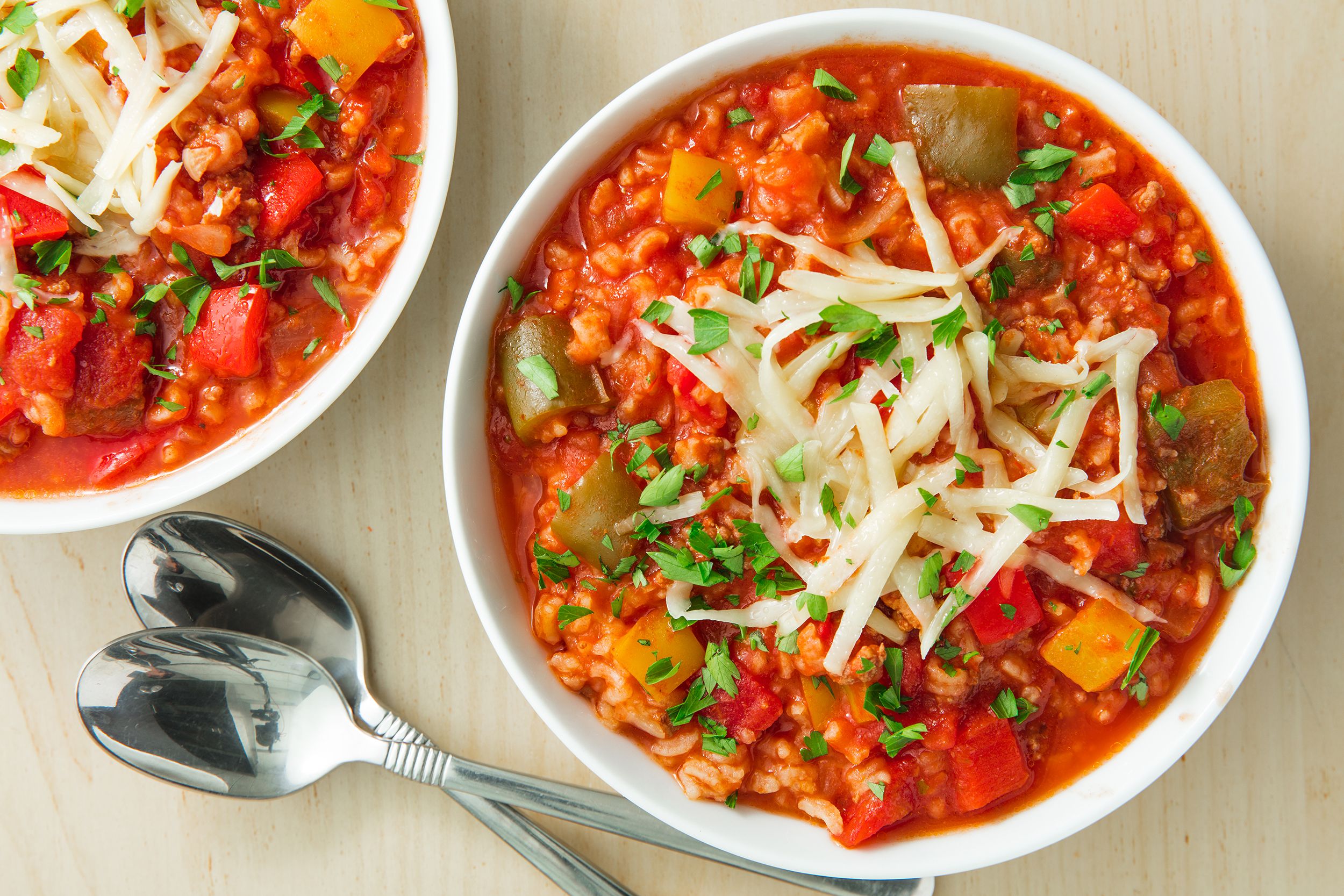
Bell Pepper Soup
Ingredients:
-1 Tbsp olive oil
-4 cloves garlic, minced
-1 small onion, diced (optional)
-3 green bell peppers, cut into strips or slices
-6 cups vegetable broth (can substitute chicken broth)
Instructions:
Heat the olive oil in a large pot over medium heat. Add the garlic and onion (if desired) and cook for 1 minute. Add the bell peppers to the pan and continue cooking until they are softened but still retain some of their crunches.
Add the broth to the pan and continue cooking until it begins to boil. Reduce the heat, cover the pot with a lid, and allow it to simmer for 15 minutes.
Tip: This recipe can be easily converted into a slow cooker recipe by adding all of the ingredients to your crockpot at once, instead of starting with sautéed ingredients on the stovetop first. Simply cook the soup on high for 4 hours or low for 6 hours.
Where to Buy Bell Peppers?
Bell peppers are available in a wide range of colors including red, orange, yellow, green and even purple. You can find them at almost any grocery store or well-stocked supermarket. They are typically sold either loose or pre-packaged in plastic bags. If you have the choice, purchasing bell peppers that are still on the vine rather than those already removed is best. This ensures that they were harvested at their peak ripeness and will taste less bitter when cooked. When selecting bell peppers to buy, make sure that they feel firm to the touch and don’t show any signs of shriveling or other damage such as black spots or bruising.
How to store bell pepper?
Store bell peppers in a paper or plastic bag. They will last for up to a week when stored this way. When you are ready to use them, wash the peppers and cut them as needed before cooking. Do not refrigerate bell peppers unless they have already been cut into pieces, as this can cause them to become limp and soggy.
FAQs
Is red bell pepper vegetable?
Yes, red bell pepper is a vegetable. It is part of the nightshade family, which also includes tomatoes, potatoes, and eggplant. Red bell peppers are typically sweeter than green bell peppers and have slightly higher sugar content.
What are yellow bell peppers good for?
Yellow bell peppers are just as nutritious as other colors of bell peppers and can be used in the same way in recipes. They tend to have a slightly sweeter flavor than green or red bell peppers.
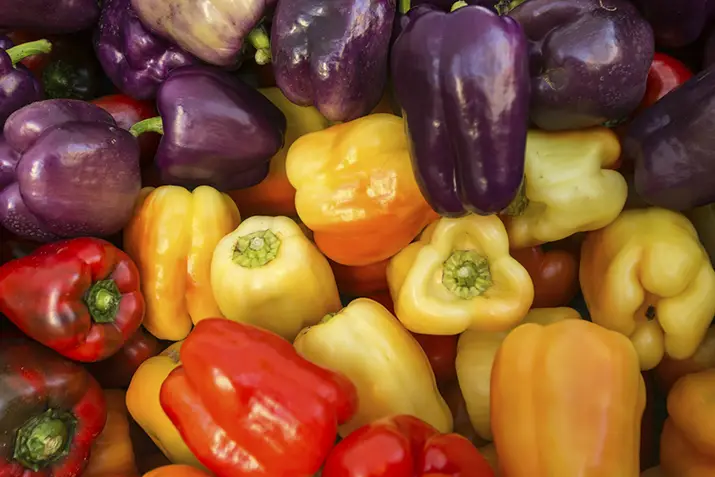
What do you call a Bell Pepper in different languages?
Bell Pepper (English)
poivron (French) peperone (Italian)
pimiento (Spanish)
pimentão (Portuguese)
болгарский перчик (Bulgarian)
椒 (Chinese)
ピーマン (Japanese)
피망 (Korean)
перцы (Russian) พริกเกลือ (Thai)
What is the difference between a bell pepper and capsicum?
Bell pepper and capsicum are two different names for the same thing. Capsicum is considered a more accurate term since not all bell peppers are red in color. However, the terms are often used interchangeably.
How do you use bell pepper seeds?
Bell pepper seeds can be used to flavor dishes or to make homemade spice mixtures such as chili powder. Simply dry the seeds out completely and pulverize them using a blender or coffee grinder before adding them to your recipe. Some people prefer to remove the seed membranes from bell peppers first before grinding up the seeds for use. This is because these membranes contain capsaicin, which gives certain types of pepper their spicy heat.
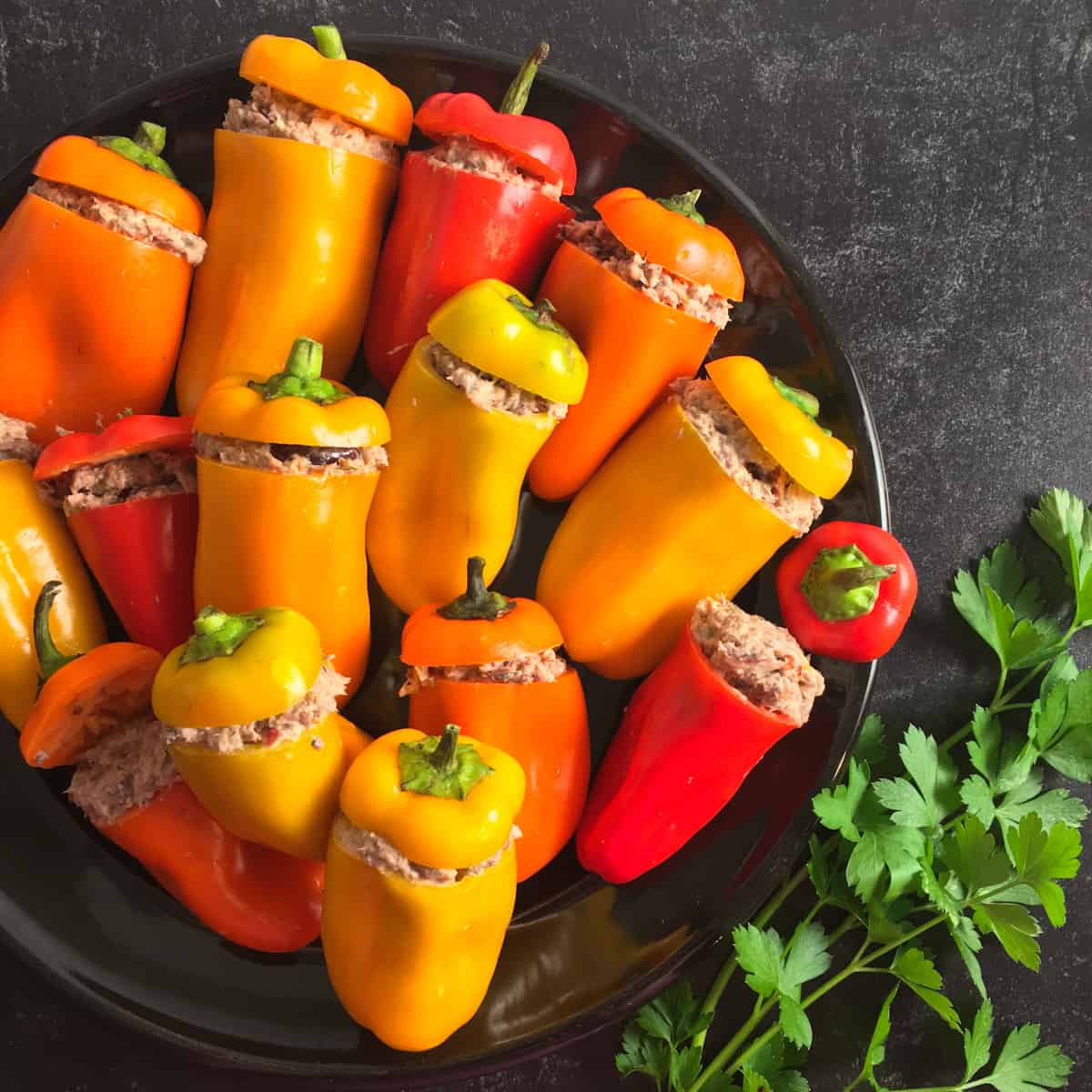
Do bell peppers have carbs?
Yes, bell peppers do have carbohydrates in them. Carbohydrates provide an important source of energy for the body. One cup of chopped bell peppers contains about 6 grams of carbs.
Is a pepper a berry?
Bell peppers are technically classified as berries. This is because they contain small, edible seeds and have a fleshy interior. Other examples of berries include tomatoes, cucumbers and zucchini.
Is a bell pepper a simple or aggregate fruit?
Bell pepper is considered a simple fruit. This is because it develops from a single ovary and does not contain other parts of the flower such as the receptacle or calyx. Other examples of simple fruits include citrus fruits and berries. Conversely, an aggregate fruit is produced from multiple ovaries and contains many seeds on one central receptacle. Examples of aggregate fruits include grapes and raspberries.
How do you pickle bell peppers?
There are several methods for pickling bell peppers. One popular method involves slicing the peppers into thin strips, soaking them in brine, vinegar, herbs, spices, and olive oil overnight, then packing them into sterilized jars before sealing them tightly with lids. Another method calls for boiling the peppers in a vinegar and water solution before packing them into jars. This second method results in softer peppers that are more suitable for use as an ingredient in salads or other dishes.
What is the difference between bell peppers and chili peppers?
Bell peppers and chili peppers are both members of the nightshade family. They are similar in appearance, but chili peppers are typically smaller and have a more pointed shape. Chili peppers also contain capsaicin, which gives them their spicy heat, whereas bell peppers do not.
Learn More About Grilling
If you want to learn more about grilling, check out these other helpful resources!




